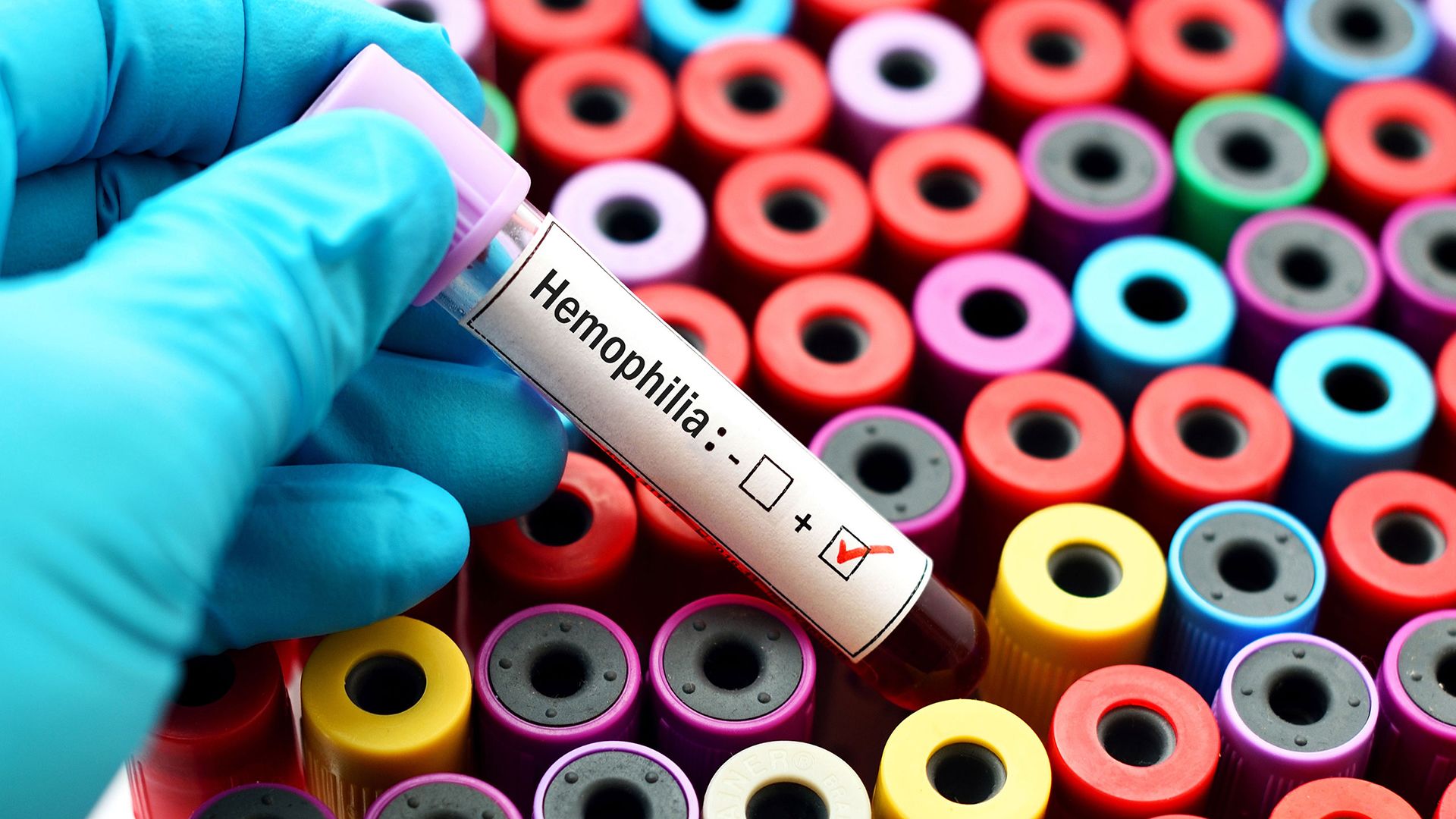Hemophilia is a rare bleeding disorder where a person’s blood has ineffective or inadequate amounts of clotting factors—proteins that help the body stop bleeding. People who have hemophilia will bleed for a longer period of time or will be unable to stop bleeding when they have a cut or injury. They may also experience internal bleeding, such as bleeding in the joints.
The majority of hemophilia cases are caused by genetic mutations, which are either inherited from a person’s parents or occur spontaneously during fetal development. The exception to this is acquired hemophilia, a rare autoimmune condition where the immune system produces antibodies that attack clotting factors in the blood. Acquired hemophilia is most common in elderly persons.
There is no cure for hemophilia, but there are treatments that can reduce the complications associated with hemophilia. One of the most effective methods of treating hemophilia is replacement therapy.
Replacement therapy
The basic idea of replacement therapy is to add clotting factor to a person’s blood through an infusion with a clotting factor concentrate. There are two main types of clotting factor concentrates: recombinant factor concentrates and plasma-derived factor concentrates.
Plasma-derived factor concentrates are made from donated blood plasma, and in earlier decades were the only option for this type of replacement therapy. While these products undergo extensive screenings and procedures to prevent the spread of viruses and blood-borne diseases, the possibility of being exposed to a disease from a blood product still exists, which makes them a less attractive option for many patients and healthcare providers. Plasma-derived products have been used less frequently since recombinant products have become available. Recombinant factor concentrates are made in a lab using genetic engineering techniques and are considered the better option.
Prophylaxis
Replacement therapy can be used as a preventative measure, an approach called prophylaxis. It can also be used to treat an episode of bleeding that is in progress, which is known as on-demand therapy.
Prophylaxis is a very effective approach to managing hemophilia and reducing the risk of the complications associated with the disorder, including the risk of joint damage caused by bleeding in the joints and the risk of intracranial bleeding—bleeding in the brain—which is relatively rare, but can be fatal.
However, prophylaxis may not be the right treatment option for every patient. Some patients may find prophylaxis inconvenient because it requires an ongoing schedule of infusions and may require a venous catheter. It can also be expensive. Patients should discuss concerns like these with their healthcare provider. The decision to treat with prophylaxis should take into account the severity of a person’s hemophilia—how little clotting factor is present in the blood. People who have a severe deficiency may need to receive infusions on an ongoing basis. People who have moderate or mild deficiencies may only need to have infusions on an intermittent schedule.
Inhibitor development
People considering replacement therapy must also consider the possibility of inhibitor development. Inhibitor development occurs when the immune system sees the infusion of clotting factor as a foreign invader, and develops antibodies that interfere with the clotting factor. This occurs in about 20 percent of people with hemophilia A and 3 percent of people with hemophilia B. The exact cause of inhibitor development is not known, but is more common in people with African or Hispanic ethnicity, people with certain gene mutations, those who have a family history of inhibitor development and those who were initially treated with high doses of clotting factor concentrates. Inhibitor development makes treatment more complicated, and those who develop inhibitors will need additional treatments.
Medically reviewed in March 2020.





